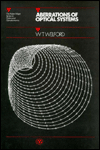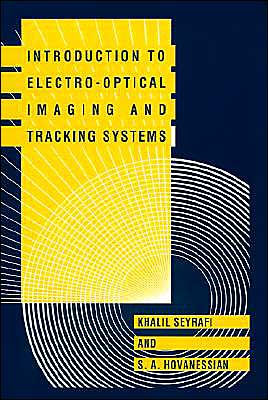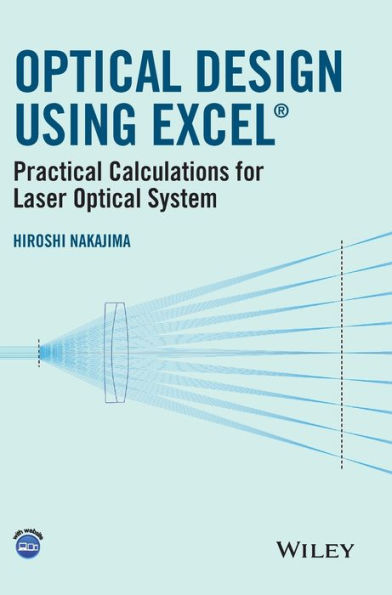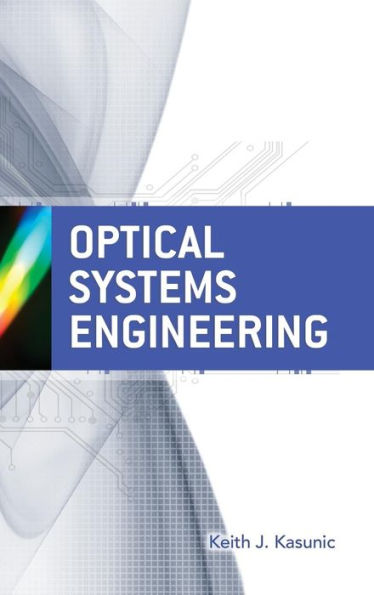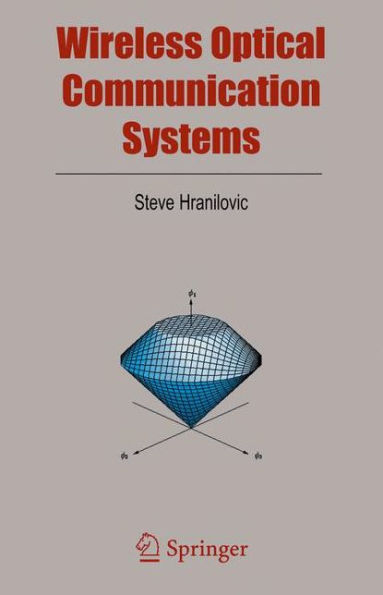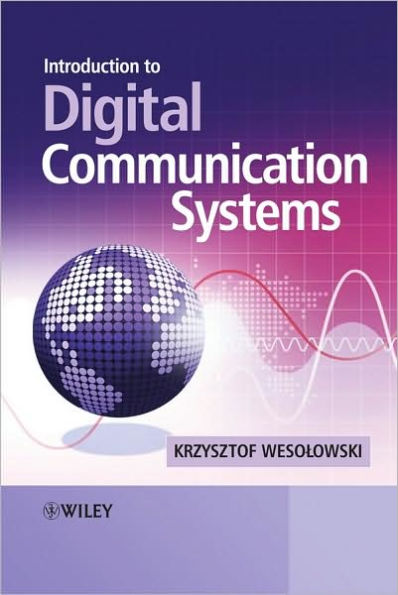Home
Introduction To Infrared And Electro-Optical Systems / Edition 1
Loading Inventory...
Barnes and Noble
Introduction To Infrared And Electro-Optical Systems / Edition 1
Current price: $189.00
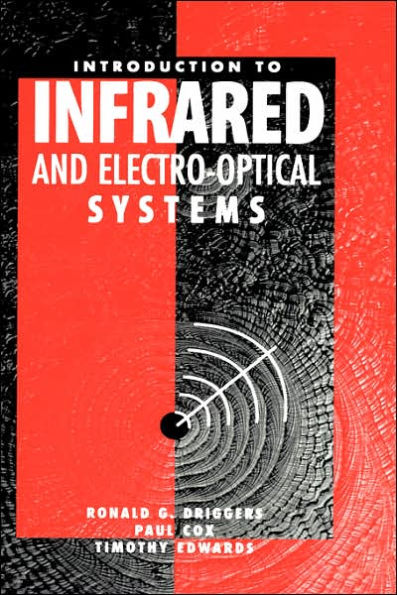

Barnes and Noble
Introduction To Infrared And Electro-Optical Systems / Edition 1
Current price: $189.00
Loading Inventory...
Size: OS
*Product Information may vary - to confirm product availability, pricing, and additional information please contact Barnes and Noble
Introduction to Infrared and Electro-Optical Systems
Here's a complete and up-to-date introduction to the analysis and design of infrared and electro-optical (EO) imaging systems. This comprehensive reference details the principles and components of the Linear Shift-Invariant (LSI) infrared and electro-optical systems and shows you how to combine this approach with calculus and domain transformations to achieve a successful imaging system analysis. Ultimately, the steps described in this book lead to results in quantitative characterizations of performance metrics such as modulation transfer functions, minimum resolvable temperature difference, minimum resolvable contrast, and probability of object discrimination. The book includes an introduction to two-dimensional functions and mathematics which can be used to describe image transfer characteristics and imaging system components. You also learn diffraction concepts of coherent and incoherent imaging systems which show you the fundamental limits of their performance. By using the evaluation procedures contained in this desktop reference, engineers and program managers become capable of predicting both sensor test and field performance and quantifying the effects of component variations. Introduction to Infrared and Electro-Optical Systems contains over 500 equations. Contents: Introduction. Mathematics. Linear Shift Invariant I2R and EO Systems. Diffraction. Sources of Radiation. Atmospherics. Optics. Detectors and Scanners. Electronics. Displays, Human Perception, and ATRs. Infrared Systems. Electro-Optical Systems. Sensor Design Considerations. Ronald Driggers is a senior engineer at U.S. Army Night Vision and Electronic Sensors Directorate where he provides electro-optical and infrared research on performance modeling. He is assigned to a NATO research panel on advanced imaging system modeling. Dr. Driggersreceived his Ph.D., MS, and BS from the University of Memphis and has contributed to more than 20 journal publications.
Here's a complete and up-to-date introduction to the analysis and design of infrared and electro-optical (EO) imaging systems. This comprehensive reference details the principles and components of the Linear Shift-Invariant (LSI) infrared and electro-optical systems and shows you how to combine this approach with calculus and domain transformations to achieve a successful imaging system analysis. Ultimately, the steps described in this book lead to results in quantitative characterizations of performance metrics such as modulation transfer functions, minimum resolvable temperature difference, minimum resolvable contrast, and probability of object discrimination. The book includes an introduction to two-dimensional functions and mathematics which can be used to describe image transfer characteristics and imaging system components. You also learn diffraction concepts of coherent and incoherent imaging systems which show you the fundamental limits of their performance. By using the evaluation procedures contained in this desktop reference, engineers and program managers become capable of predicting both sensor test and field performance and quantifying the effects of component variations. Introduction to Infrared and Electro-Optical Systems contains over 500 equations. Contents: Introduction. Mathematics. Linear Shift Invariant I2R and EO Systems. Diffraction. Sources of Radiation. Atmospherics. Optics. Detectors and Scanners. Electronics. Displays, Human Perception, and ATRs. Infrared Systems. Electro-Optical Systems. Sensor Design Considerations. Ronald Driggers is a senior engineer at U.S. Army Night Vision and Electronic Sensors Directorate where he provides electro-optical and infrared research on performance modeling. He is assigned to a NATO research panel on advanced imaging system modeling. Dr. Driggersreceived his Ph.D., MS, and BS from the University of Memphis and has contributed to more than 20 journal publications.
